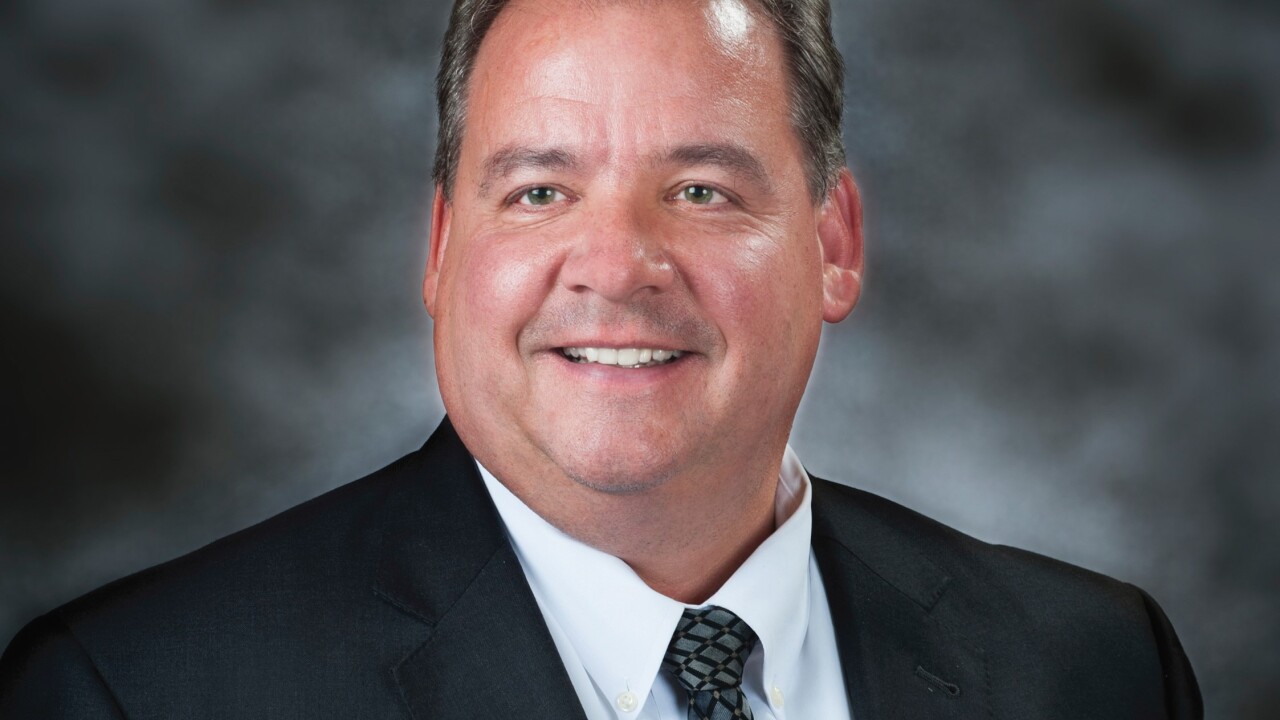Smaller independent sales organizations and merchant deployers, already hit with flat or shrinking automated teller machine transaction volumes that generate surcharge revenue, probably also will see reductions in interchange revenue beginning in late 2005 if they do not upgrade their ATM fleets.
Under a new tiered Visa Plus ATM network interchange rate structure, which takes effect in October, acquiring fees issuers pay to many ISOs and retailer ATM owners will be reduced. That means small ISOs and storeowners will receive less in interchange for acquiring Plus ATM transactions. Some of the largest ISOs, though, may continue to earn the same interchange revenue they do now, according to an outline Visa USA released recently.
Financial-institution ATM operators will qualify for the highest-rate tier, which is the current Plus interchange rate. Many small ISOs and retailer ATM owners, however, will qualify for a rate that pays them less than they are receiving now, the outline shows.
All Plus acquirers today earn 50 cents per transaction in interchange. Under Visa's new pricing policy, those acquirers who do not qualify for that rate will receive instead 40 cents per transaction. The rate for balance inquiries in the lower, Tier 2 category also would fall, to 20 cents from 25 cents currently, and the shared-deposit rate would decrease to $2 from $2.50.
To qualify for the higher rate, at least half of an ATM deployers' portfolio must meet four of five criteria. This includes providing surveillance cameras; using a shared, electronically secure ATM locking system; having a 24-hour, Underwriters Laboratories-approved 291 Level 1 safe; using non-dial-up communications; and relying on armored car companies for ATM cash replenishment.
Visa also outlined a second way to qualify for the higher rate, which involves ATM functionality. This method includes offering deposit-acceptance, providing 24-hour access, enabling users to access multiple accounts from the ATM menu and supporting more than one language.
William Sheedy, Visa executive vice president of interchange strategy and fees, says the new rate structure is designed to reward deployers that make their ATMs more secure, more functional and more trusted by consumers. "We believe it is good business," he says.
Sheedy says he believes some ISOs still will qualify for the higher rates, although he agrees that many operators will prefer to continue with a more basic ATM program and accept the lower rate. "It is our preference that most of the industry will qualify for the higher rate," he says.
Most ISOs use dial-up telecommunications to link with ATM networks, for example, while financial institutions generally use dedicated leased lines or TCP/IP communications that use Internet-based protocols. Also, many ISOs operate ATMs inside retail locations that have closing hours and use store cash to replenish ATMs-two factors that would disqualify them from collecting the higher interchange. Sheedy notes that many independent ATM deployers could still qualify for the higher rate even if they continue with dial-up communications.
Leon Majors, president of ESP Consulting Inc., an ISO consultant, says he doubts most small or large ISOs or retailers could afford to upgrade their ATM operations to get the higher interchange. While many gradually could upgrade from a dial-up communications environment, it would not be economically viable to hire armored car services to replenish cash, which can represent the highest monthly cost of an ATM program, he says.
Many low-volume operators can ill afford the 20% drop in interchange revenue on Plus-switched transactions, Majors notes. "The little guys are going to struggle," he says of Visa's tiered approach to ATM interchange.
Visa planned to distribute registration forms to qualify for the higher rates in February to deployers that access the Plus network. Visa has set a June 15 deadline to register.
Those deployers who determine they will not qualify for the higher rate do not have to register and automatically will receive the lower rate, says Sheedy.
Other major ATM networks have told CCM's sister publication ATM&Debit News they have no plans to emulate Visa's tier-based approach to ATM interchange and suggest that Visa Plus will not be used as much by ISOs to switch transactions.
Higher-Tier Requirements
* Surveillance Cameras
* Shared, Electronic Locking System
* 24-Hour ATM Access
* UL-Approved 291 Level 1 Safe
* Non-Dial-Up Communications
Source: Visa USA. At least half of an ATM deployer's portfolio must meet four of the five criteria to receive the highest Plus ATM network interchange rates.
-
BayFirst Financial, which has reported problems with SBA loans, expects to reach an agreement with its regulators in connection with credit administration and other issues.
October 31 -
A report from J.D. Power indicates that the neobank Chime gained the highest percentage of newly opened checking accounts in the third quarter of 2025.
October 31 -
The court upheld the Federal Reserve Board's right to block Custodia from direct access to its payment systems. The bank is considering asking for a rehearing.
October 31 -
The Tacoma, Washington-based bank, which has completed two mergers since 2023, said Thursday that it will buy back up to $700 million of its own shares over the next year.
October 31 -
New York State's former top regulator Adrienne A. Harris has rejoined Sullivan & Cromwell as of counsel and senior policy advisor; Founders Bank appointed Karen Grau to its board of directors; Deutsche Bank's DWS Group is opening an office in Abu Dhabi; and more in this week's banking news roundup.
October 31 -
Earned wage access provider EarnIn, which historically has been known for direct-to-consumer EWA, is now integrating its services with payroll providers. The move comes as consumer advocate groups step up efforts for stricter regulation of the industry.
October 31





